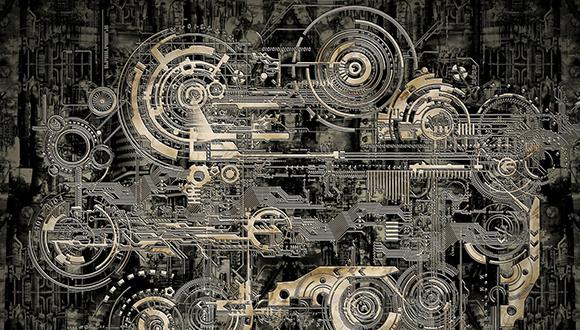Department Seminar of Itamar Bartal - Evaporation of liquid flowing downward in three parallel pipes
SCHOOL OF MECHANICAL ENGINEERING SEMINAR
Monday 4.03.2024 at 14:00
Wolfson Building of Mechanical Engineering, Room 206
Evaporation of liquid flowing downward in three parallel pipes
Itamar Bartal
M.Sc. Student, under the supervision of Prof. Dvora Barnea and Prof. Yehuda Taitel
School of Mechanical Engineering, Tel Aviv University, Tel Aviv, Israel
Evaporating flow in parallel heated pipes may occur in power plants such as steam, solar, geothermic or nuclear power plants or in cooling systems such as electronic devices cooling and air conditioning systems.
Parallel heated pipes are used to enhance heat transfer due to their large surface area. However, systems of parallel heated pipes may be subjected to instability problems, flow rate maldistribution and oscillations that may impair their performance.
In the present work evaporation of liquid flowing downward in three parallel pipes with common inlet and outlet headers is studied theoretically and experimentally. Subcooled liquid enters an upper manifold, and the pipes exit is placed somewhat below a water surface open to the atmosphere. Evaporation of liquid in parallel pipes was mainly investigated in co-current horizontal and upward flows. Recently Hayat et al. (2022) studied the behavior of a system of two parallel heated pipes with an upper inlet header. They found that the static instability (Ledinegg) is not sufficient to predict some of the phenomena occurring in such systems since upward flow and oscillations of pressure and flow rates may take place in certain regions of inlet flow rates. As can be expected the degree of complexity of the behavior of three parallel heated pipes increases significantly compared to that of two parallel pipes. This is reflected both in the steady state solutions, where several steady state flow rate distributions may be obtained for the same inlet flow rate and in the various transient trajectories towards the steady state solutions. Cases of upward flow in one pipe and downward flow in the two other pipes may take place as well as upward flow in two pipes and downward flow in one pipe may occur for the same inlet flow rate, resulting in different oscillatory behavior.
Acknowledgments
Support for this project was provided by the ISF (Grant No. 1098/18) and Ministry of Energy (Grant No. 053-11-220).


